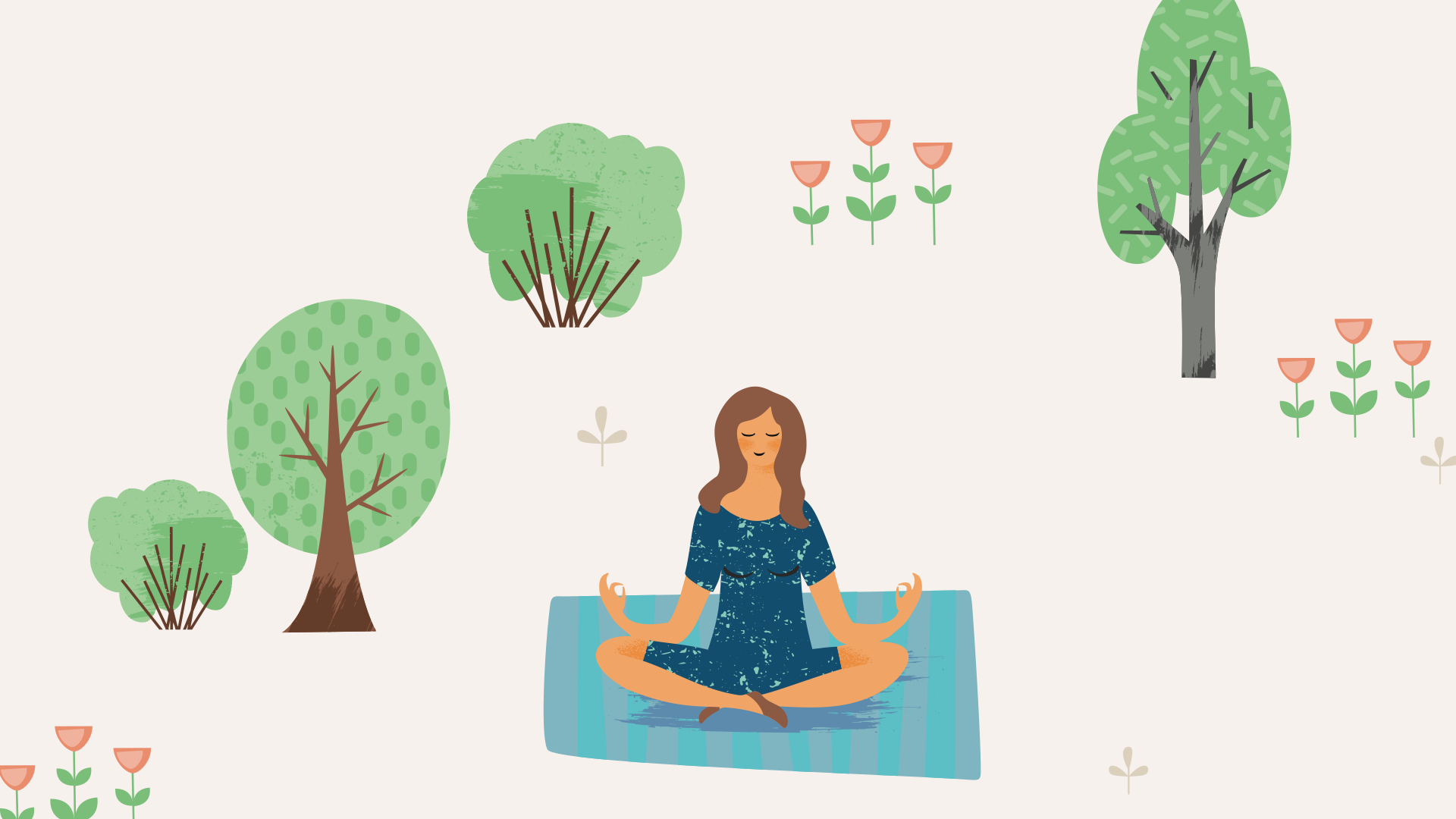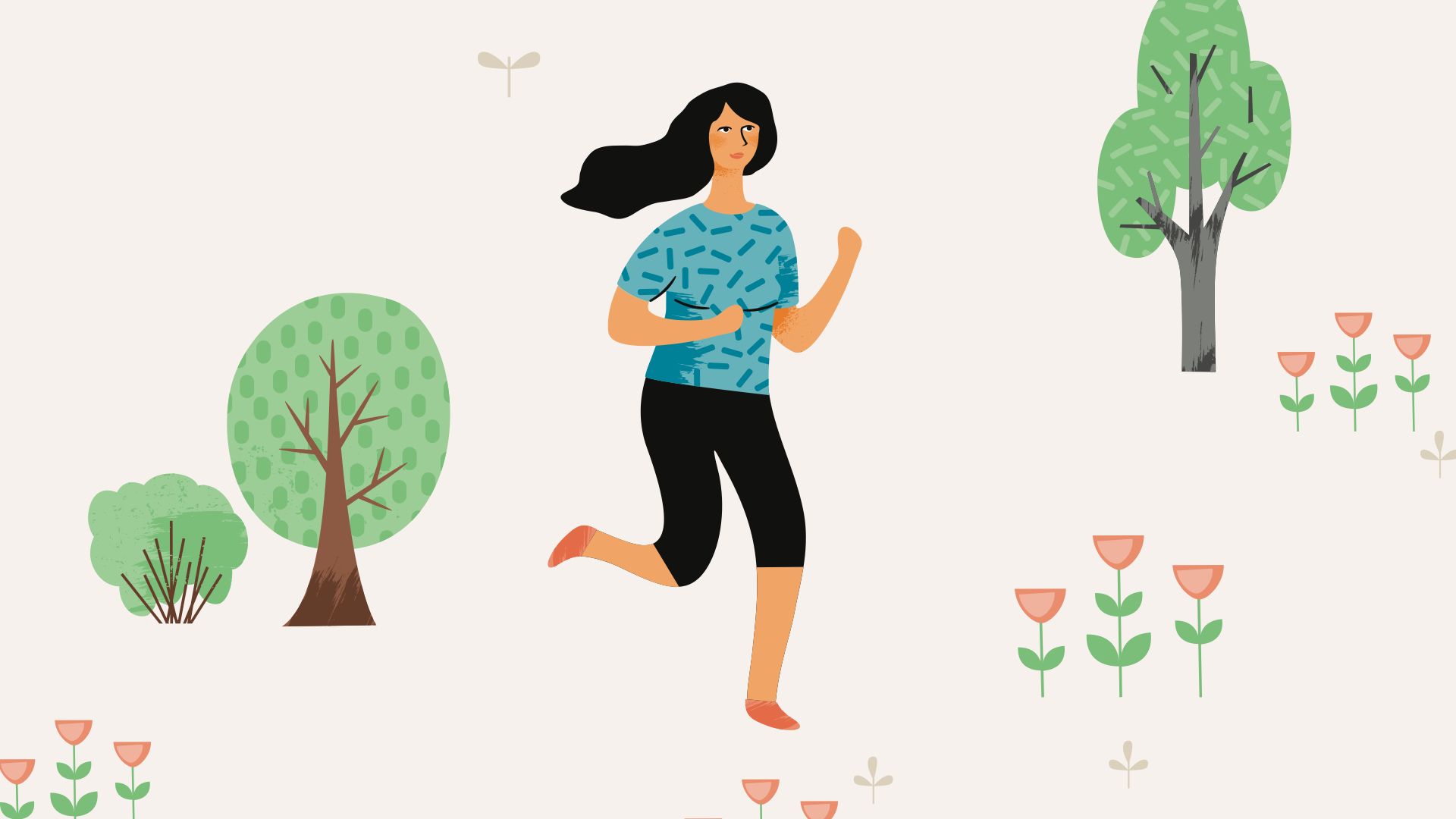
04 Jul Getting active with secondary breast cancer
Cancer exercise expert Lizzy Davis gives her tips for getting active if you have secondary breast cancer.
PiNK 2019 Summer pp.2-3
Exercise may be the furthest thing from your mind if you’re having cancer treatment. But evidence on the benefits of physical activity for those living with secondary breast cancer (when cancer cells from the breast have spread to other parts of the body) is fast emerging.
Although traditionally people with secondary cancer have been told not to exercise, it’s now generally accepted that rest is not always best.
Research has shown that doing some regular physical activity, even for just 10 minutes at a time, can help boost energy levels and improve quality of life. Exercise can help you take control of your physical and mental wellbeing, and it doesn’t have to be strenuous or difficult to make a difference.
Five benefits of regular physical activity
- Reduced impact of treatment- or cancer-related side effects, such as fatigue, pain, nausea, lymphoedema and breathlessness
- Weight control
- Improved muscular strength and stamina, and maintained bone health
- Reduced anxiety and depression, and improved mood
- Blood pressure regulation
How much should I do?
Current guidelines recommend 30 minutes of activity five times a week. This can feel like a lot, and it may be easier to start slowly and break it up into more manageable sessions.
To start with, I suggest focusing on trying to break up the time you spend sitting down or being inactive. Five or ten minutes of walking might be enough at first. But over time, you should be able to walk for longer and possibly at a more strenuous pace.
The amount you do will depend on how you feel. Acknowledge your physical limitations and match your activity to how you’re feeling.
Five tips for getting started and staying motivated
- Find an activity you enjoy. This can include gardening and housework too!
- Set realistic goals, start slowly and build up gradually.
- Plan ahead and allow for changes as how you feel may vary from day to day.
- Take the stairs instead of the lift, get off the bus one stop earlier, or catch up with a friend over a walk rather than a coffee.
- Keep track of your activity using a diary, smart phone app or pedometer. Aim to have a consistent routine. We all know that once we get out of a routine, it’s hard to get back into it!

If you’re undergoing treatment or having side effects
- Seek support from your medical team so you know what precautions to take and how to exercise safely.
- Try to walk, even if it’s just around the house or garden.
- When your energy levels are low, try some breathing, stretching or balance exercises.
- Schedule activity for when you have the most energy in the day.
- Listen to your body and make a note of how you feel before and after your exercise.
- Progress at your own pace and know when to rest.
Exercise and secondary breast cancer in the bones
Physical activity may help strengthen the bones and reduce pain. Choose low-impact exercises and avoid contact sports.
- Walking is a great choice for bone strengthening.
- Swimming and riding a stationary bike are safe options too.
- Avoid extreme range of motion, such as twisting or large forward bends of the spine.
- Choose exercises that have a low risk of falling.
Try the following affirmations to keep yourself motivated:
‘Becoming stronger will help me regain the feeling of controlling my life and my body.’
‘I have already faced one of the hardest things in life. I can handle a little exercise.’
Exercise and secondary breast cancer in the lungs
Breathlessness, coughing and pain can all be symptoms of secondary breast cancer in the lungs. Research has found that when people with respiratory disease exercise regularly they are less breathless, have more stamina, are better able to perform everyday tasks and have a better quality of life.
Light exercise can help increase the flow of oxygen to your blood. Incorporate daily breathing exercises by taking slow, steady, deep breaths, and try to visualise a setting that relaxes and calms you.
Exercise and secondary breast cancer in the liver
Some people with secondary breast cancer in the liver have no symptoms while others have a combination of pain, nausea, loss of appetite, hiccups, tiredness and fatigue. While physical activity may help reduce some symptoms, listen to your body and don’t push too hard.
Exercise and secondary breast cancer in the brain
Depending on where exactly secondary breast cancer in the brain is, the symptoms may include headaches, nausea, blurred vision, seizures, and dizziness or balance problems.
While these symptoms may not prevent you from exercising, it’s important to choose a suitable activity so you don’t put yourself at unnecessary risk of injury. For example, an exercise bike may be better than cycling outdoors for people with balance problems. For safety, avoid exercising alone.











